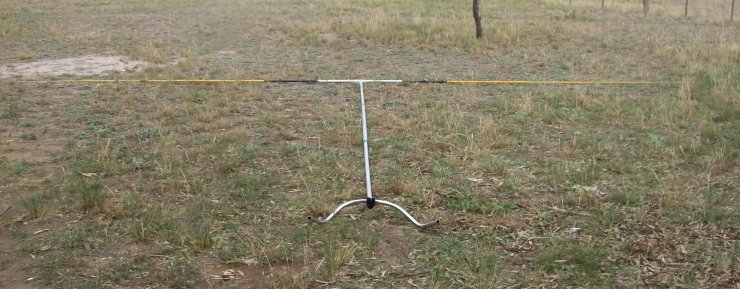1. The Paramontante II
2. TCS Paramontante
3. Comp Paramontante
4. History and development of the Paramontante
5. Links
1. THE PARAMONTANTE II
We are preparing what will soon become the " PARAMONTANTE II ". This is a recreation of " Paramontante I " built by Salvadori in 2000, and a laboratory where experiment the latest ideas. We are trying to improve the comfort and safety of use.
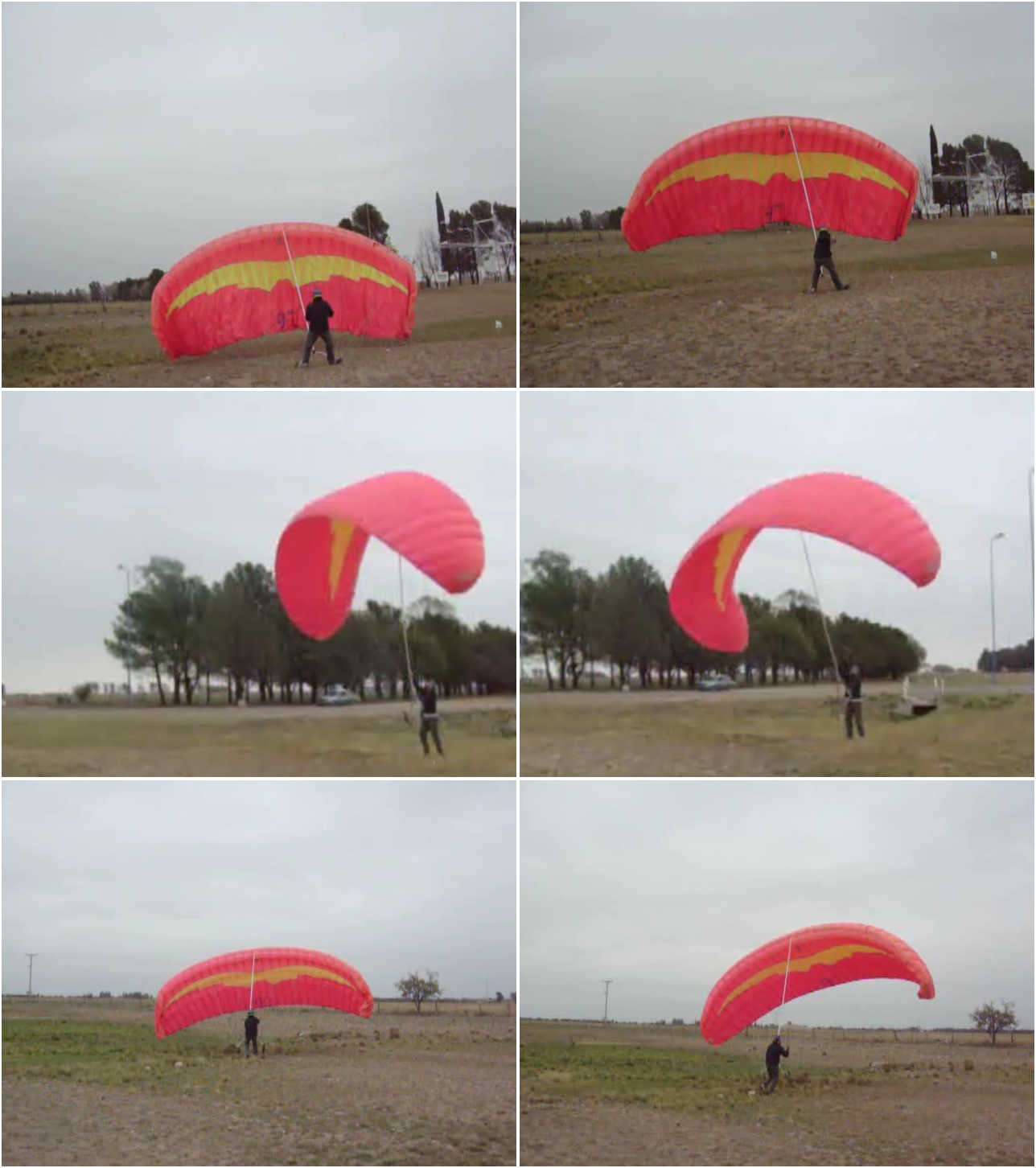
(Videos in preparation)
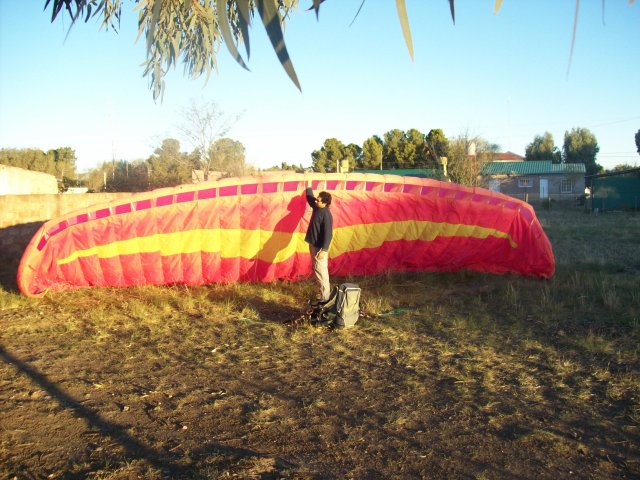
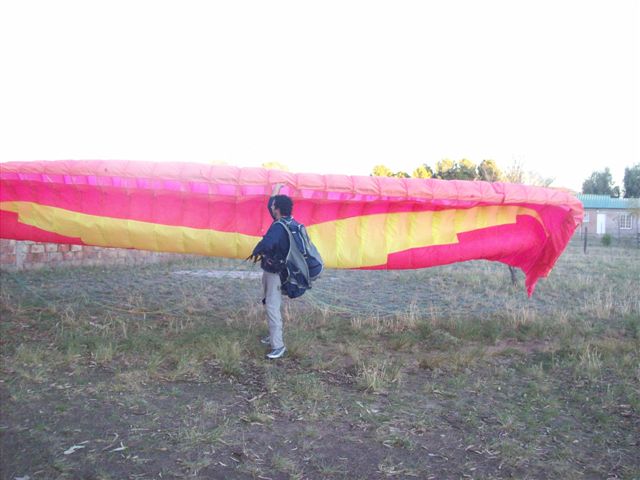
Main flexible crossbar inserted inside the wing. You have ever seen a LE so stiff no wind?

Easily removable structure in a short package.
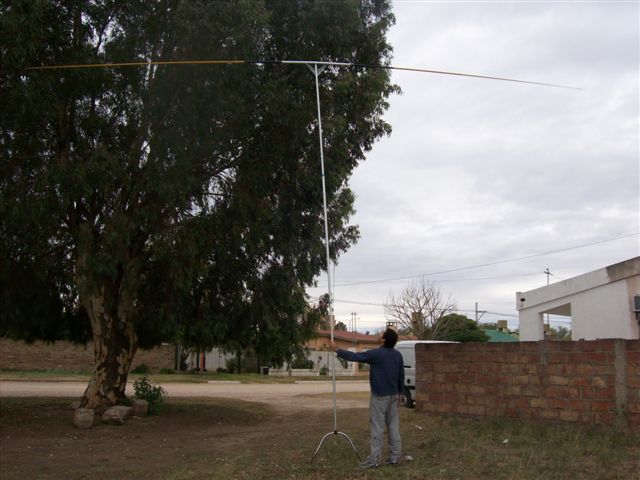
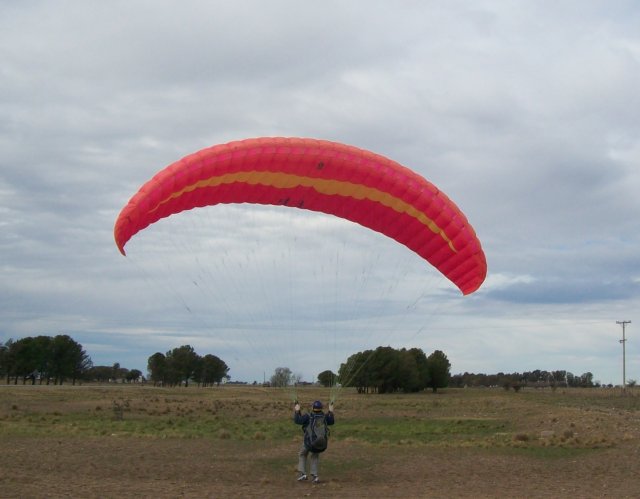
Ready for Paramontante rigging test. Bernasconi, 14-5-2009.

Graphics and real experiments, carried out to cut the suspension lines at 180 cm
and corrected the shape of the wing along the vault and profile chord (Teià and Bernasconi, 23-5-2009).
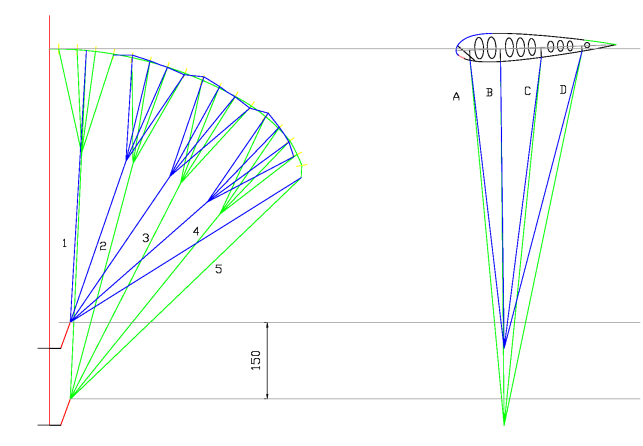
2. TCS PARAMONTANTE
 |
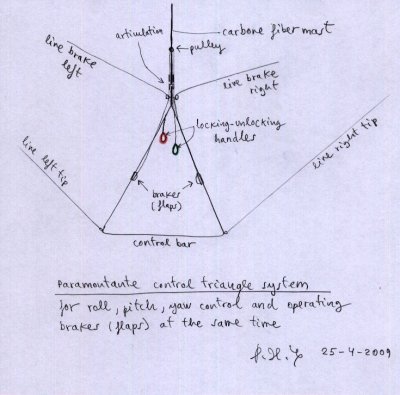 |
 |
 |
 |
 |
 |
 |
Was a "hot" machine. High aspect ratio...
- Especific paramontante designed wing
- 20 m2
sail planform
- Aspect ratio 8+
- Profiled carbon fiber triangle control system
- Carbon mast
- Carbon main spar
- Short distance between the pilot and the wing (much smaller than paraglider)
- Only three rows suspension lines A, B, C (or less)
- Middle part of "A" line row without the need for ssuspension lines
- Glide 11+
- High speed
4. HISTORY AND DEVELOPMENT OF THE PARAMONTANTE
In the year 2000, Juan Salvadori was experimenting with the first Paramontante (PARAMONTANTE I), consisting of a wooden mast, two fishing rods, forming a "T" embedded within an old Bicla paraglider. The link between the mast and the harness was a little inverted "T" inverted and attached to the maillons of the A risers.The idea has great potential and could become an interesting new hangglider-paraglider hybrid...
In april 2009, we've been talking with Juan about how to improve the equipment, and many ideas have emerged. We have agreed to the development and construction of the " Paramontante II ". The experimentation on this wing will provide the foundation of what should be the " Paramontante III ", which is also outlined. And we decided to publish the latest developments.
PARAMONTANTE I
Who better can describe this device is Salvadori, with his own words, as in the initial post from Brett. Also written in its original version in Spanish, on the website of Joe Faust: http://www.energykitesystems.net/Lift/2009/apr2009.html
-------------------------------
En Febrero del año 2000 hice el PARAMONTANTE con el fin de minimizar el riesgo en las plegadas.
Luego de haber analizado varios métodos posible como perfiles reflex rígidos, largueros flotantes dentro del ala, dispositivos en las bandas que enrrollaban el suspentaje cuando ala plegaba evitando corbatas, bocas extragrandes que se abrían con válvulas al plegar el ala, varilla rígida de borde de fuga, elementos inflables similar a los usados en kitesurf, etc,etc.
Pero simpre estaba el fantasma de caer dentro de la vela como pasó tantas veces costandole la vida a varios pilotos... alcanza con hacer una pérdida profunda con el parapente y soltar los comando en el momento equivocado para verse en un grave problema!!!.
Un día despegando con mi parapente por remolque a pocos metros del suelo y en buen ascenso (mientras el vehículo me traccionaba) tuve una plegada muy grande, yo estaba seguro que los parapentes no plegaban en actitud de trepada pero me equivoqué... la plegada puede venir en cualquier momento y con cualquier parapente.
En ese momento entendí que a pesar de hacer las cosas muy bien y con cuidado, el parapente puede quitarte la vida en un instante y aunque no es algo común lo que me sucedió a mí, también puede pasar.
Entonces sentí envidia de las otras aeronaves de vuelo libre (Hang Gliders, Planeadores Rígidos etc.) que pueden volar en turbulencia sin mayores riesgos, pero había aprendido a disfrutar de la simpleza, comodidad y libertad del Parapente. En ese instante entendí que el Parapente debía encontrar la manera de volar seguro y que aunque se perdiera algo de performance, valdría la pena... o mejor decir "vale la vida".
Mi
primer Parapente planeaba 3:1 y caía casi 2 metros por segundo,
pero ya había parapentes que planeaban 9:1 por lo que se
podía perder algo de rendimiento y todavía estar muy por
arriba de esos 3:1 de mi primer parapente.
También aprendí que con una aeronave (Parapente, Paramontante o Hang Glider) que tenga un planeo de 8:1, tasa de descenso mínimo de 1,2 m/s, 25km/h de velocidad mínima y 50km/ de velocidad máxima, es posible volar a vela sin ningún inconveniente y disfrutandolo.
Entonce
si convertía un parapente de buen rendimiento en Paramontante,
tendría la aeronave ideal: liviana, práctica, muy fuerte
(8G), simple de volar, transportable y con posibilidad de despeque de
casi cualquier lugar.
EL PARAMONTANTE:
Es un parapente con un larguero en la nariz del perfil y un montante que comienza en el piloto y termina en el centro del larguero, permitiendo que el parapente pliege en vuelo, pero que el borde de ataque se quede en su lugar esperando la trayectoria favorable para inflarse nuevamente.
Para su desarrollo usé un parapente BICLA muy viejo, cos cañas de pescar de 4 metros cada una (Larguero) y al montante lo hice de madera de pino en dos tramos de 25mm de sección.
Todo el sistema era muy liviano y frágil, pero cumplía perfectamente con su trabajo, eso me permitió hacer todas las pruebas de inflado y constatar que el parapente puede sostener sin inconvenientes la estructura y que ésta evita que el ala pliegue inclusive con el borde de ataque muy aplastado por la baja incidencia.
El objetivo no era que el larguero soporte grandes cargas negativas, sinó que evite que el ala adopte configuraciones posibles para corbatas o que tarde mucho en reabrirse.
Si
el borde de ataque queda en su lugar, entonces el ala tardará
sólo un instante en volver a al vuelo normal, y de esa manera
podemos conservar la posibilidad de hacer bandas B o inclusive orejas
si es que el larguero no ocupa toda la envergadura.
Ese era otro aspecto favorable del Paramontante, el larguero debe
rigidificar el 60% de la envergadura ubicada al centro del ala, la
plegada de la punta de ala no es tan grave.
En definitiva la estructura permite elevar el ala con nuestra fuerza
haciendo que el inflado no dependa tanto de la carrera de avance, ya no
es necesario arrastrar tanto la vela por el piso, no es tan importante
inflar de espaldas porque el Paramontante subirá bien armado por
la estructura y con desarrollo suficiente se puede acercar el piloto a
la vela acortando el suspentaje, usar bordes de ataque tensos y lisos
como los e los Hang Gliders, reducir el metraje del suspentaje y muchas
otras ventajas más que superan cómodamente lo que se
pierde por resistencia aerodinámica del montante.
Lamentablemente ese viejo BICLA no me permitió hacer pruebas de
vuelo por su mal estado, pero pude verificar que todo el
desempeño en el piso del paramontante es perfectamente viable y
en vuelo también lo sería... sólo hay que
asegurarse de que la estructura soportará bien los esfuerzos
requeridos.
Espero
pronto poder hacer otro Paramontante y poder volarlo en térmicas
y turbulencia para terminar con su desarrollo inicial.
El gran desafío es demostrar que funciona bien y que el concepto
es viable para la seguridad de los pilotos, pero en realidad el
potencial del Paramontante para llegar a performances muy superiores al
parapente están a la vista.
El
Paramontante depende en gran medida de los materiales para evolucionar,
en el parapente los materiales están llevados al límite y
se hace difícil mejorar sin arriesgar la seguridad de los
pilotos.
Best Regards.
Juan Salvadori
---CZ Wings---
Aero-Velería.
http://www.czwings.com.ar
[Argentina]
PARAMONTANTE II
I've working with Juan for almost two years building and experimenting with various designs: the rogallo parachute "PampaCat", the paraglider "Ascender", and many other studies and tests that we have not yet been published (for lack of time).
In april 2009 Juan and I have been exchanging data to analyze the feasibility of building a second Paramontante.
The biggest objection that I put, was the link pilot-mast, which in my point of view does not meet adequate safety conditions in the model I. Therefore, my efforts have been aimed at achieving maximum comfort and safety in the use of paramontante, being essential for its acceptance and success.
The simple link pilot-mast, (as discussed above) is a small "T" that connects the mast with the upper maillons of the A risers. The lines unchanged. This system allows great maneuverability and even reverse inflation paraglider type, and it's simple and lightweight. However there is the risk of hitting the "T" with the pilot.
A second link, also proposed by Salvadori, is a "U" that gravitates inverted over the head of the pilot, joining the principal mast with the main carabiners. This protects the pilot and flight is practical and safe, but handling on the ground is hard and uncomfortable.
And here comes the third link pilot-mast system, proposed by me: insert a hang glider triangle and an articulation lockable and unlockable at will, between the apex of the triangle and the mast. The system (TCS Paramontante) is as follows:
2. The points of which the pilot is suspended:
Risers "A": in the upper vertex of the triangle
Risers "B" and "C" and brakes to the rest of the wing
There are additional suspension lines between the extremes of the control bar and the wing tips.
3. And very important, the brakes slide along the triangle uprights left and right. So you can grab the triangle in order to control roll, pitch, even yaw, and at the same time operating brakes (flaps), simultaneously or independently. This is a combined hangglider-paraglider control!
4. The main problem is to raise the mast+triangle from horizontal (ground) to the vertical (flight) and vice versa.
Hence the need for a mechanism of rotation: an articulation at the head of a triangle, which is necessary to lift the wing up to vertical, with the relative wind. In the takeoff and landing phase, the position of the triangle is vertical, and the mast released pivotes along horizontal axis.
5. Once the mast in the vertical, locking of the joint is made by pulling a red handle that hangs
in the top of the left upright, slides a tube as shirt and lock the joint.
6. The unlocking of the joint is made by pulling a green handle that
hangs at the top of the right upright, linked with a forwarding
pulley wiht the other handle (easy lock-unlock on request).
7. Before landing, the joint is unlocked, the pilot pull the brakes to the maximum, and once it has landed the
mast pivots rearward, while the control triangle remains firmly grasped and protected our head!
Certainly, the system described is not quite simple and I would like to remove if possible the pivot mechanism and the locking - unlocking system.
Thus, the Paramontante II was tested with several pilot-mast link systems. In addition, there are several systems for lifting mast and takeoff (who knows better Salvadori!), depending on the type of link used.
As this is a project to build with simple means and without being able to invest large sums of money on R & D (and yes a lot of work!) We can not predict when it will be ended the Paramontante II, for which we have already begun the search for materials. Hopefully soon.
The aerodynamic benefits of Paramontante remain unexplored, then research is needed.
PARAMONTANTE III
If the Paramontante II test is satisfactory , which we believe will be, the next step will be the Paramontante III.
Should have the following characteristics:
- Only three rows suspension lines A, B, C (or less)
- Middle part of "A" line row without the need for ssuspension lines.
- The link pilot-mast, will be the best result in the phase II
- Short distance between the pilot and the wing (much smaller than paraglider).
- Glide ratio, greater than 10...
- ...
5. LINKS
Hanggliderhistory.com
http://www.energykitesystems.net/Lift/hgh/Paramontante/index.html
http://www.josephfaust.com/hgh/2009.html
Lift
http://www.energykitesystems.net/Lift/2009/2009MayLIFT.html
http://www.energykitesystems.net/Lift/2009/2009JuneLIFT.html
Lift Paramontante questions and answers
http://www.energykitesystems.net/Lift/hgh/Paramontante/qnaParamontante.html
Youtube
http://www.youtube.com/watch?v=TtM5rCRPqvE&fmt=18
PGForum
Semirigid paragliding
http://www.paraglidingforum.com/viewtopic.php?t=24501
PGForum
Semi-rigid PG?
http://www.paraglidingforum.com/viewtopic.php?t=20011
Aircross forum
http://www.aircross.eu/forum/viewtopic.php?f=21&t=573
Paraplan.ru
http://paraplan.ru/forum/viewtopic.php?t=56173
Bible des ailes Forum
http://www.delta-club-82.com/forum/index.php?showtopic=2152


